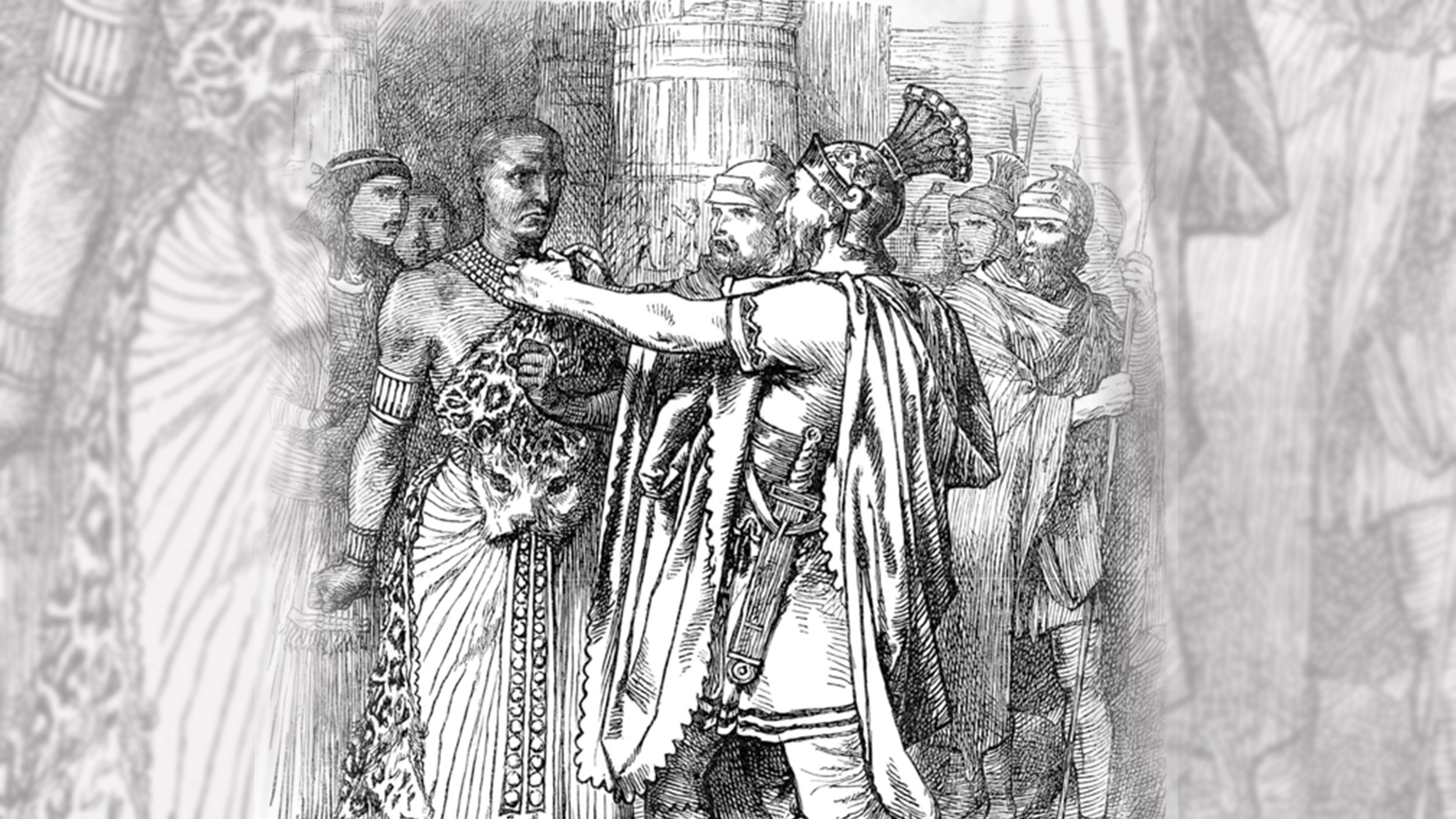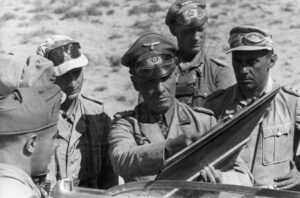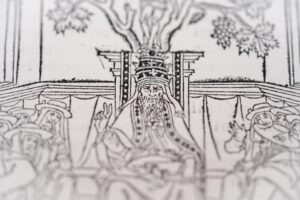Ancient Greek historian Herodotus once called Egypt “the gift of the Nile.” That’s because Egypt’s considerable wealth, power, and influence in the ancient world sprang directly from the great river. The Nile’s predictable flooding allowed Egyptians to turn their arid homeland into the breadbasket of the region. And the easy-to-navigate Egyptian section made transporting raw materials for building far simpler than it would have been otherwise.
But where does the Nile begin? At 6,650km long, the Nile is the longest river on the planet. And though it empties into the heavily settled Mediterranean world, it rises deep in equatorial Africa, a region that has long presented difficulties to explorers who would plumb its depths.
Many of the most famous attempts to find the Nile’s source occurred at the high points of Victorian exploration. But the question bedeviled explorers for hundreds — even thousands — of years.
It certainly caught the attention of Nero, a Roman emperor with a, shall we say, eventful reign stretching from 54 AD to his death in 68 AD. Nero’s time in office went spectacularly off the rails after he arranged the murder of his overbearing mother Agrippina in 59 AD. But before that, he was known as a reformer, builder, and a respecter of Senatorial power. One of his initiatives? Sending some handpicked Roman soldiers up the Nile to ascertain its source.
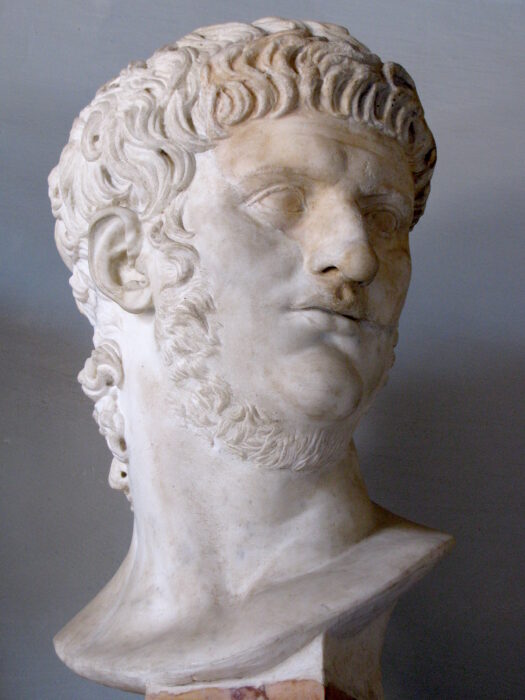
A bust of Emperor Nero. Photo: Wikimedia Commons
Unclear motive
Nero’s motivations for the expedition are unclear, but Egypt and Nubia represented the southern border of the Roman Empire. That particular border had been at peace for a while, and it’s possible Nero wanted to take advantage of the lull in action to see what lay further south — probably to scope out any possible military threats. As historian Mary Beard points out in her excellent history of Rome, SPQR, ancient Roman Latin shared a single word to describe “traveling abroad” and “at war.”
Whether or not the expedition found the source of the Nile is something historians have argued about for decades.
One major source for this story is Seneca the Younger, a philosopher, dramatist, and contemporary of Nero’s. Seneca was also Nero’s private tutor and, by many accounts, ran the Roman government at certain points during Nero’s reign. Like many educated Romans of his day, Seneca was fascinated by Egypt and the Nile and mentions it several times in his writings. So it’s likely that Seneca was heavily involved in the genesis of the expedition, if not entirely responsible for it.
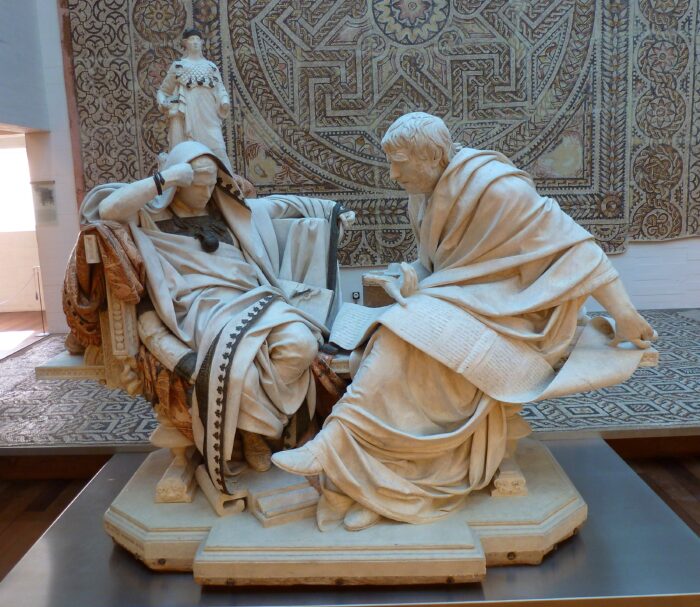
A sculpture of Nero and Seneca the Younger by Eduardo Barron. Photo: Wikimedia Commons
The other source is Pliny the Elder, a military commander turned natural philosopher living and writing at about the same time, and also a man with access to the highest levels of the imperial court.
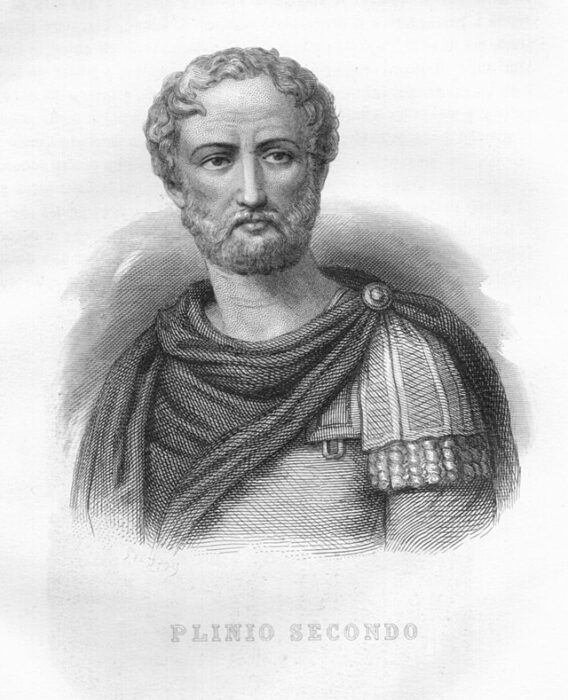
An 1859 illustration of Pliny the Elder, drawn from a bust. Photo: Wikimedia Commons
Small, mobile expedition
By the time Nero launched the expedition, Egypt had been in Roman hands for about a hundred years, and the Romans had enjoyed close trade relations with the Ptolemaic pharaohs who had previously run the country for several hundred years. Nero probably knew that a journey to the Nile’s source would be difficult in the extreme, so he adapted an approach that would be familiar to the Royal Geographical Society a few millennia later.
Keep the expedition small. Choose a few good men capable of standing up under extreme conditions. Give them resources to recruit help along the way. And hope for the best.
Praetorian Guards head south
Nero chose two men close to him to lead the small expedition. Unfortunately, neither Seneca nor Pliny recorded their names, nor does history remember how many men they led on the journey. However, most scholars agree that the group was likely small for logistical reasons.
What we do know about the two men in charge of the undertaking is that they were centurions of the Praetorian Guard — the elite group of soldiers tasked with the personal protection of the Emperor. In addition to being skilled and hardened soldiers, the Praetorian Guard were heavily involved in imperial politics. They were also Nero’s go-to guys for all kinds of sensitive tasks.
Tapping Praetorian Guards would have allowed Nero to select trusted men he knew well. These men would have also been empowered to negotiate on behalf of Nero with local leaders they encountered on their journey.
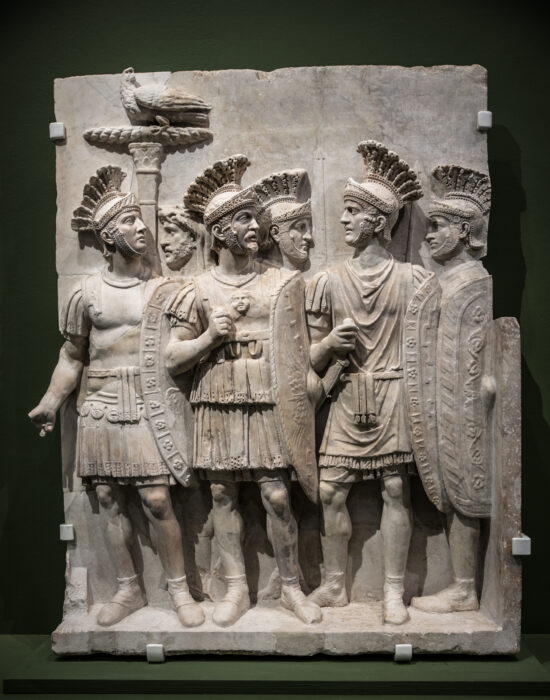
A relief carving of the Praetorian Guard. Photo: Wikimedia Commons
Lower vs Upper Nile
Pliny and Seneca don’t record much about the expedition’s early days — probably for the same reason that Victorian explorers didn’t spill a lot of ink about early trip logistics in their own accounts. Egypt was firmly under Roman control, and the two centurions and their team would have had their travels aided by the various Roman outposts and garrisons that dotted the lower Nile’s banks. (The Nile flows north, so the lower Nile is in the north, while the upper Nile lays to the south.)
Modern scholars assume that the expedition used the Nile from the cities near its Mediterranean delta all the way to the islands of Philae, in southern Egypt, near the border of modern-day Sudan. The islands housed an important shrine and were also a busy commercial trading post, so it would have been a crucial spot for the expedition to gather intelligence and potentially hire guides.
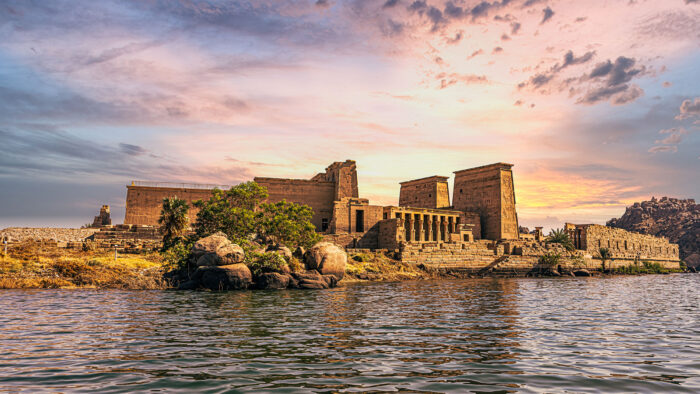
The Temple of Isis at Philae. Photo: Shutterstock
Following a brief overland section around a difficult-to-navigate section of the river, the men would have reboarded boats and continued south into the Kingdom of Kush, a Roman client state.
Through Kush and Beyond
Here, the accounts recorded by Pliny and Seneca are more detailed. As the expedition made its way through Kush, the landscape began to grow more verdant and grassy. The men recorded animals known to the Roman world (crocodiles, hippos) as well as primates that entered the record as half-human monsters.
By the time the expedition reached the Kushian capital of Meroë, the men had traveled further south than any other Roman or, indeed, European of any stripe. Shortly after departing Meroë, they reached the confluence of the White and Blue Niles and chose to continue up the White.
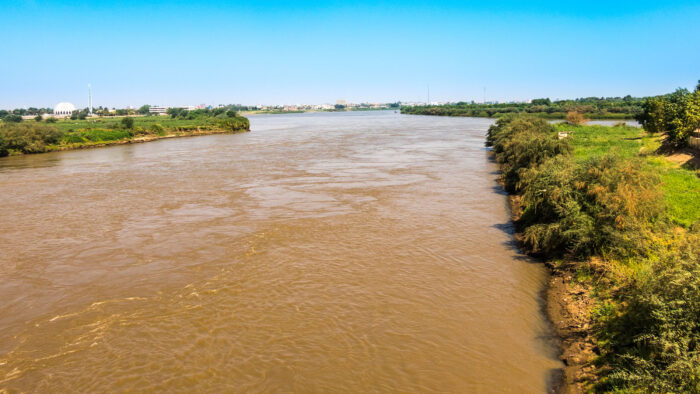
The modern confluence of the White and Blue Niles. Photo: Shutterstock
Here’s where things get historically murky. As they journeyed ever upstream, the men noticed the river widening and the current slowing. Soon enough, they reached the Sudd, a 56,000 square kilometer wetland so imposing that future expeditions to the source of the Nile almost always chose to bypass it entirely by journeying overland from the west. Located in present-day South Sudan, the Sudd covers an area larger than modern England during the rainy season.
In 61 AD, utterly lost in the swamp, sick, and running out of food, the expedition turned around and returned to Rome.
Maybe.
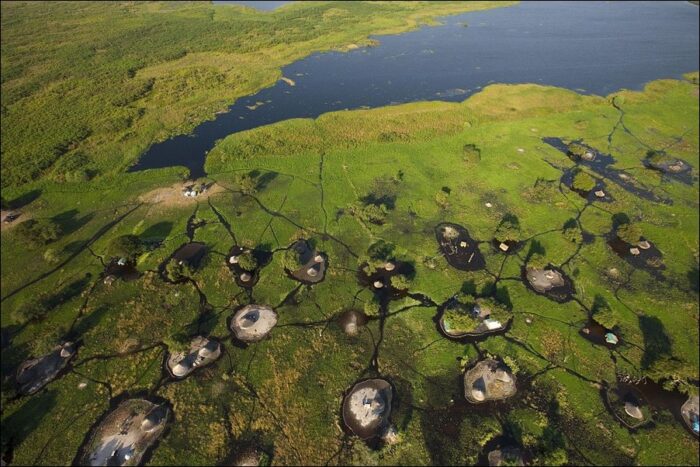
An aerial view of the Sudd, with modern settlements. Photo: Shutterstock
Murchison Falls description?
There’s an interesting passage in Seneca’s — and only Seneca’s — account that a minority of historians believe could indicate the expedition made it a bit further.
“We saw two huge rocks, from which the power of the [Nile] river went out in a powerful way…[The Nile river] comes from a very huge lake of the [African] lands,” the account reads.
That description sounds very much like Murchison Falls, a gorge between Lake Victoria (the source of the White Nile) and Lake Albert in today’s Uganda. There’s certainly nothing like it in the Sudd. Take a look:
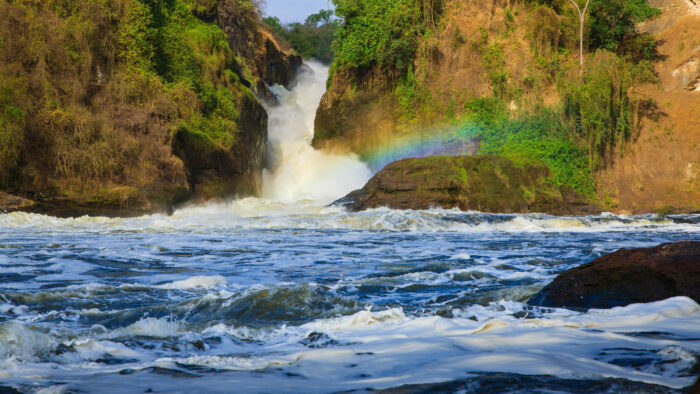
Seneca’s description is enough for a few historians (led by Giovanni Vantini) to believe the expedition may have at least reached the general area of the White Nile’s source.
There are some issues with this idea, however. The falls are about 694km as the crow flies from the center of the Sudd, and there’s no other indication in the records that the centurions ever exited that swamp except to return home. There is also no archaeological evidence from the Albert and Victoria region to support the presence of Romans. This, however, is to be expected — the expedition would have likely used trade goods obtained earlier in their journey.
Still, it’s a tantalizing historical mystery, if one that is unlikely ever to be solved conclusively.
Nero’s demise
Upon its return to Rome, the expedition was considered a huge success. But imperial politics barred another attempt on the Nile’s source. Rebellion against Nero’s increasingly unstable and unpopular reign broke out in 68 AD. Nero’s loyal Praetorian Guard abandoned him. Unable to muster up the nerve for suicide, the fallen emperor enlisted his personal secretary to kill him. It was the end of the Julio-Claudian dynasty.
The next year would see the tumultuous reign of no less than four separate emperors, each more concerned with staying in power than mounting explorations. It would take another 2,000 years for Victorian-era explorers to finally settle the question of the White Nile’s source once and for all.
